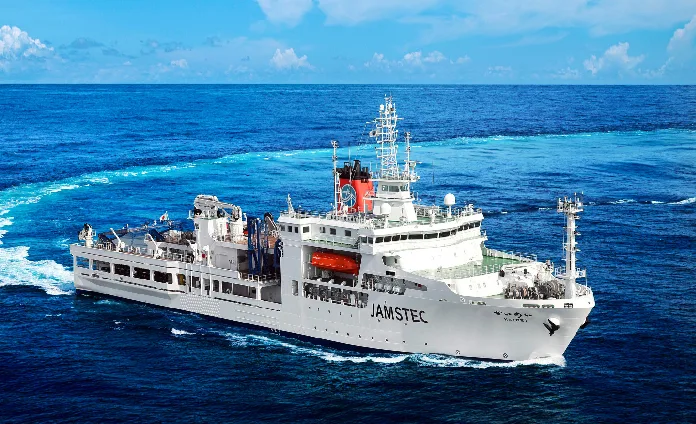
To learn about earthquakes, scientists have dug history's deepest ocean hole
Drilling took place close to the epicentre the magnitude-9.1 quake that devastated Japan in 2011.
Scientists have just drilled the biggest hole in the ocean ever recorded. It's part of an effort to better understand the history of earthquakes in the Japan Trench, an area where a devastating quake originated in 2011.
On May 14, a team aboard the Kaimei research vessel supporting a project called JFAST used a giant drill to core out a hole off the coast of Japan, reaching all the way to the bottom of the trench, which has a depth of just over 8,000 metres.
The dig took two hours and 40 minutes, Live Science reports, and sediment was collected from the site.
Drilling took place close to the epicentre the magnitude-9.1 quake that devastated Japan in 2011. The event, which is referred to as the 2011 Tōhoku quake, triggered a tsunami that battered the Fukushima Daiichi nuclear power plant, causing a meltdown.

A photo of the research vessel. (JAMSTEC)
"The main goal of the JFAST project is to understand the very large fault slip that occurred on the shallow portion of the subuction zone during the 2011 Tohoku earthquake," JFAST says in a statement on its website.
"This large slip of 30 to 50 meters was the main source of the devastating tsunami that caused so much damage and loss of lives along the northeast coast of Honshu, Japan. In order to understand how the fault moved with such large displacement in this region, the JFAST project has two main objectives. The first is to sample the fault in order to analyze the physical properties of the fault zone. The second is to make temperature measurements to estimate the frictional stress during the earthquake."
The 2011 quake caused an estimated $150 billion in damages and killed more than 19,000 people.






